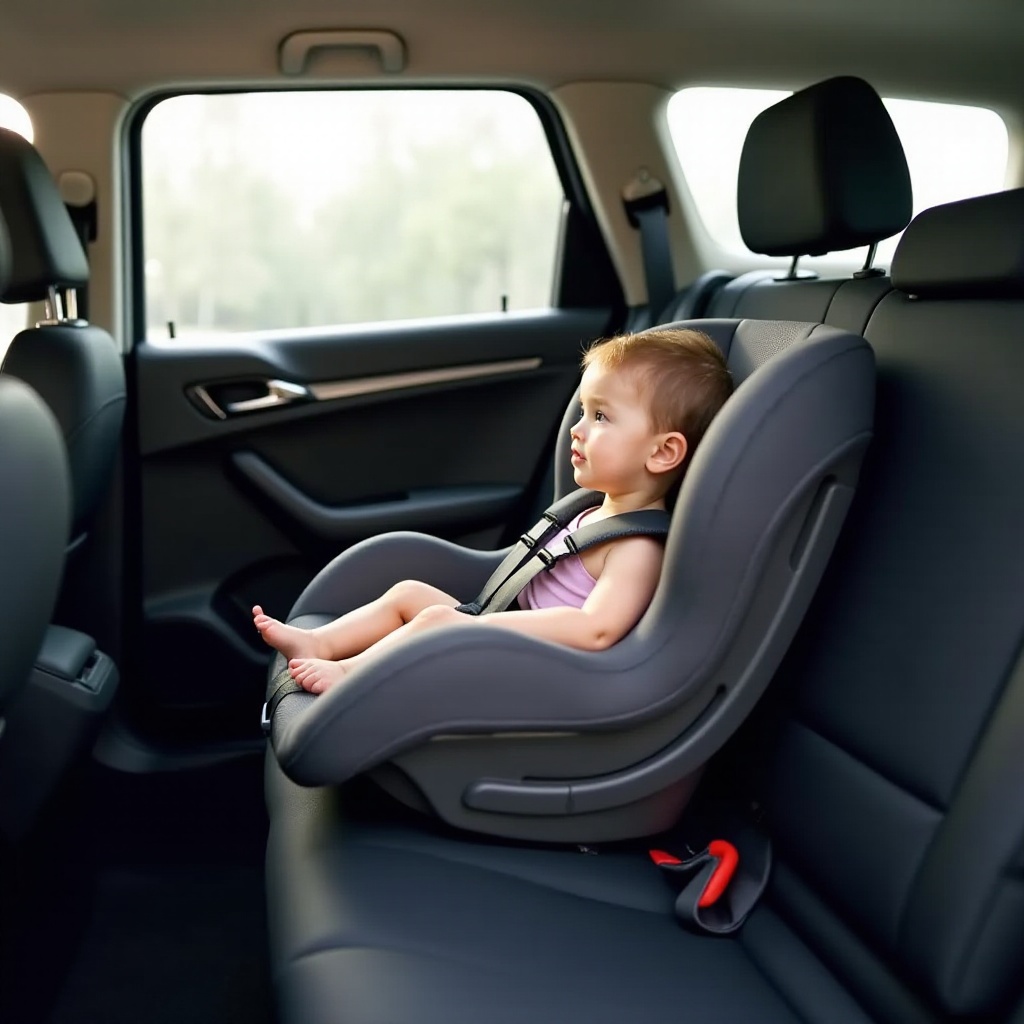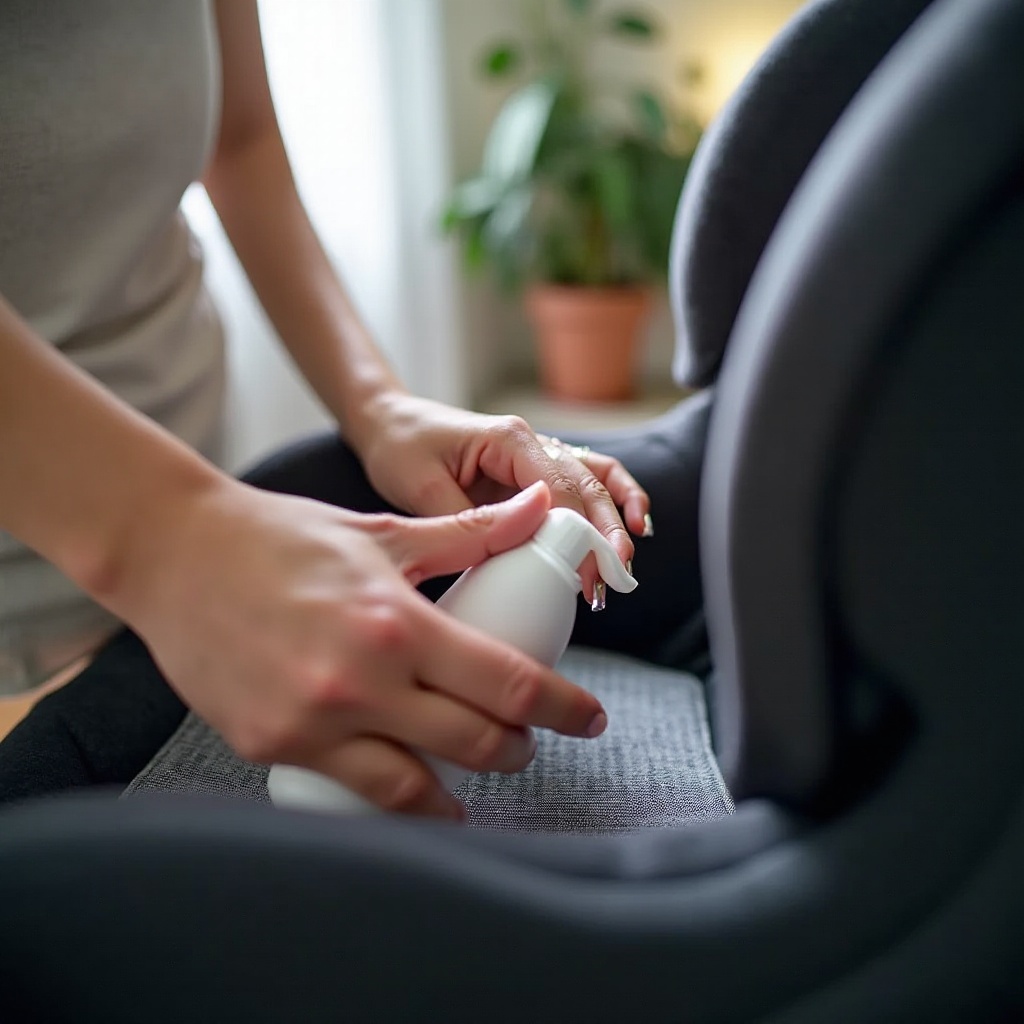Introduction
Choosing the right infant car seat can be a daunting task, especially when space in your vehicle is at a premium. Narrow infant car seats offer a practical solution for families needing to fit multiple car seats or simply looking to maximize interior space. This guide will provide you with essential information on selecting the best narrow infant car seats, key features to consider, and our top picks for 2024.

The Importance of Choosing the Right Narrow Infant Car Seat
Selecting the appropriate narrow infant car seat is crucial for several reasons. Firstly, safety is paramount. A well-chosen car seat ensures the highest level of protection for your child during travel. Secondly, the right car seat will fit your vehicle without compromising comfort or accessibility. Lastly, an appropriate car seat can grow with your child, offering continued usability as they develop. Making an informed decision not only ensures safety but also adds convenience for parents.
Key Features to Look For in Narrow Infant Car Seats
When choosing a narrow infant car seat, several key features must be taken into account to ensure both safety and comfort for your child.
Safety Standards and Certifications
Ensure the car seat meets strict safety standards, such as FMVSS 213 in the U.S. Look for certifications and crash test results to guarantee the seat has passed rigorous safety evaluations.
Size and Dimensions
The seat’s width is a critical factor. Measure your vehicle’s backseat to confirm the car seat will fit comfortably. Narrow models typically range from 17 to 18 inches wide, making them ideal for smaller vehicles or fitting multiple car seats.
Comfort and Material Quality
Comfort is essential for long journeys. Look for seats made with soft, breathable fabrics and adequate padding. High-quality materials often offer better durability and comfort, which is crucial for your child’s well-being.
Ease of Installation
A car seat that is difficult to install can be hazardous. Choose models with clear instructions and easy-to-use installation systems, like LATCH connectors, to ensure the seat is securely fitted.
Adjustability and Growth Accommodation
Infant car seats should support your child as they grow. Look for options with adjustable harness systems and multiple recline positions to accommodate your baby’s development.
Top 5 Narrow Infant Car Seats of 2024
We’ve researched and compiled a list of the top five narrow infant car seats available in 2024. These models balance safety, comfort, and practicality.
Brand and Model 1: Chicco KeyFit 30
The Chicco KeyFit 30 is renowned for its user-friendly installation process and supportive design. At 17 inches wide, it is an excellent choice for compact cars or fitting multiple seats.
Brand and Model 2: Britax B-Safe 35
The Britax B-Safe 35 offers superior safety with a steel frame and impact-absorbing base. At 17.75 inches wide, it provides a secure fit and reliable performance.
Brand and Model 3: Graco SnugRide SnugLock 35
Graco’s SnugRide SnugLock 35 is designed for hassle-free installation and comfort. It measures 18 inches wide and features a Click Connect system for easy attachment to Graco strollers.
Brand and Model 4: Nuna PIPA Lite
The Nuna PIPA Lite is a lightweight option without compromising safety. At 17.5 inches wide and with an effortless installation process, it is perfect for busy parents on the go.
Brand and Model 5: Clek Liing
The Clek Liing stands out for its compact design and rigorous safety standards, measuring only 16.9 inches wide. It is a great choice for those seeking maximum safety in a narrow profile.

How to Properly Install a Narrow Infant Car Seat
Proper installation is crucial to ensure your child’s safety. Follow these steps to correctly install your narrow infant car seat:
- Read the manual: Each car seat comes with specific instructions. Thoroughly read the manual before proceeding.
- Position the seat: Place the car seat in the rear-facing position in the backseat of your vehicle.
- Secure the base: If using a base, ensure it is tightly secured using the vehicle’s seat belt or LATCH system.
- Check the angle: Adjust the recline angle to ensure your child’s head does not flop forward. Many car seats come with a built-in level indicator.
- Secure the seat: If you’re not using a base, ensure the seat is tightly secured with the seatbelt or LATCH system.
- Test the installation: The car seat should not move more than an inch side-to-side or front-to-back. Make sure it is snug.
Tips for Maintaining and Cleaning Your Car Seat
Regular maintenance and cleaning are essential to keep your car seat in top condition:
– Spot clean spills immediately with a damp cloth to prevent staining.
– Machine wash removable covers as per the manufacturer’s instructions.
– Inspect straps for signs of wear and tear and clean with mild soap and water.
– Check installation periodically to ensure the seat remains securely fitted.
– Avoid harsh chemicals as they can degrade the seat materials.

Conclusion
Choosing the right narrow infant car seat is a crucial decision that ensures the safety and comfort of your child. By considering important features, proper installation, and regular maintenance, you can guarantee a secure travel experience for your baby.
Frequently Asked Questions
What is the best way to ensure my narrow car seat is installed correctly?
The best way to ensure your narrow car seat is installed correctly is by following the manufacturer’s installation manual closely. You can also have the installation checked by a certified child passenger safety technician (CPST).
Can narrow infant car seats accommodate growing babies?
Yes, many narrow infant car seats come with adjustable height and harness systems that accommodate growing babies, offering continued use as your child develops.
How often should I replace my infant car seat?
You should replace your infant car seat if it has been involved in a crash, shows signs of wear and tear, or has passed its expiration date. Typically, car seats last between 6 to 10 years, depending on the manufacturer.
